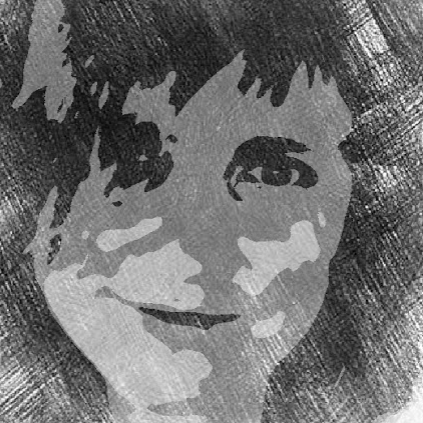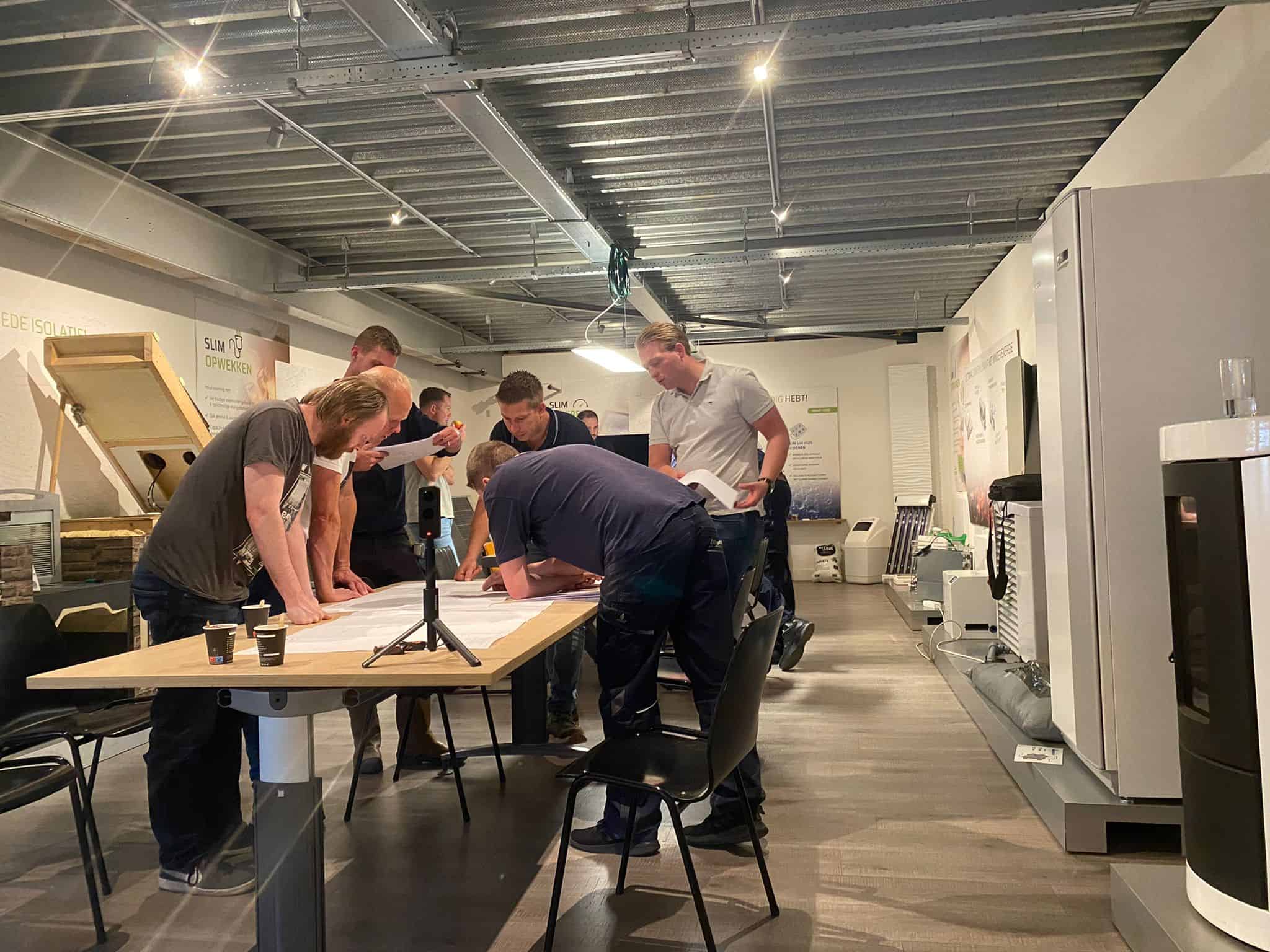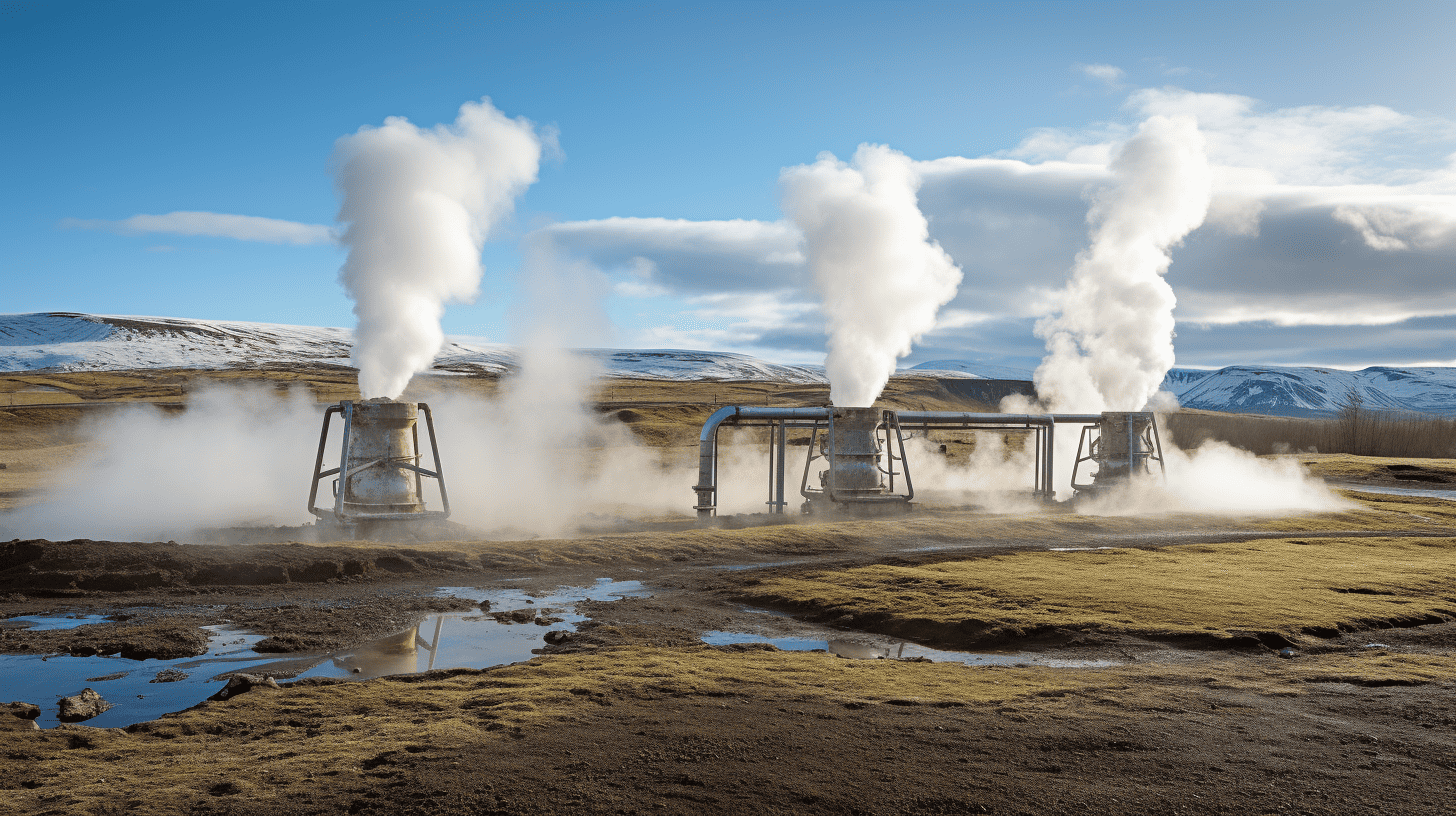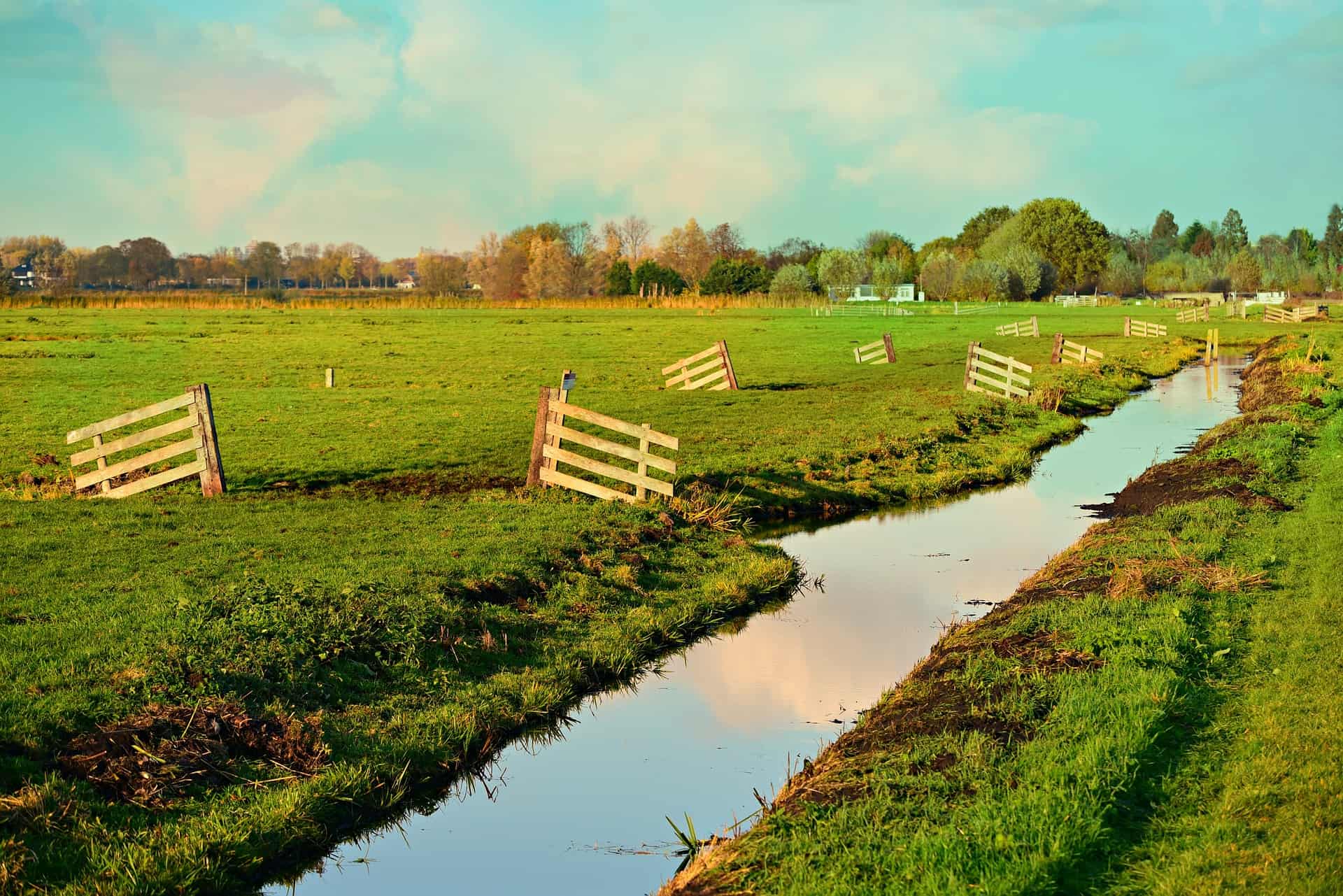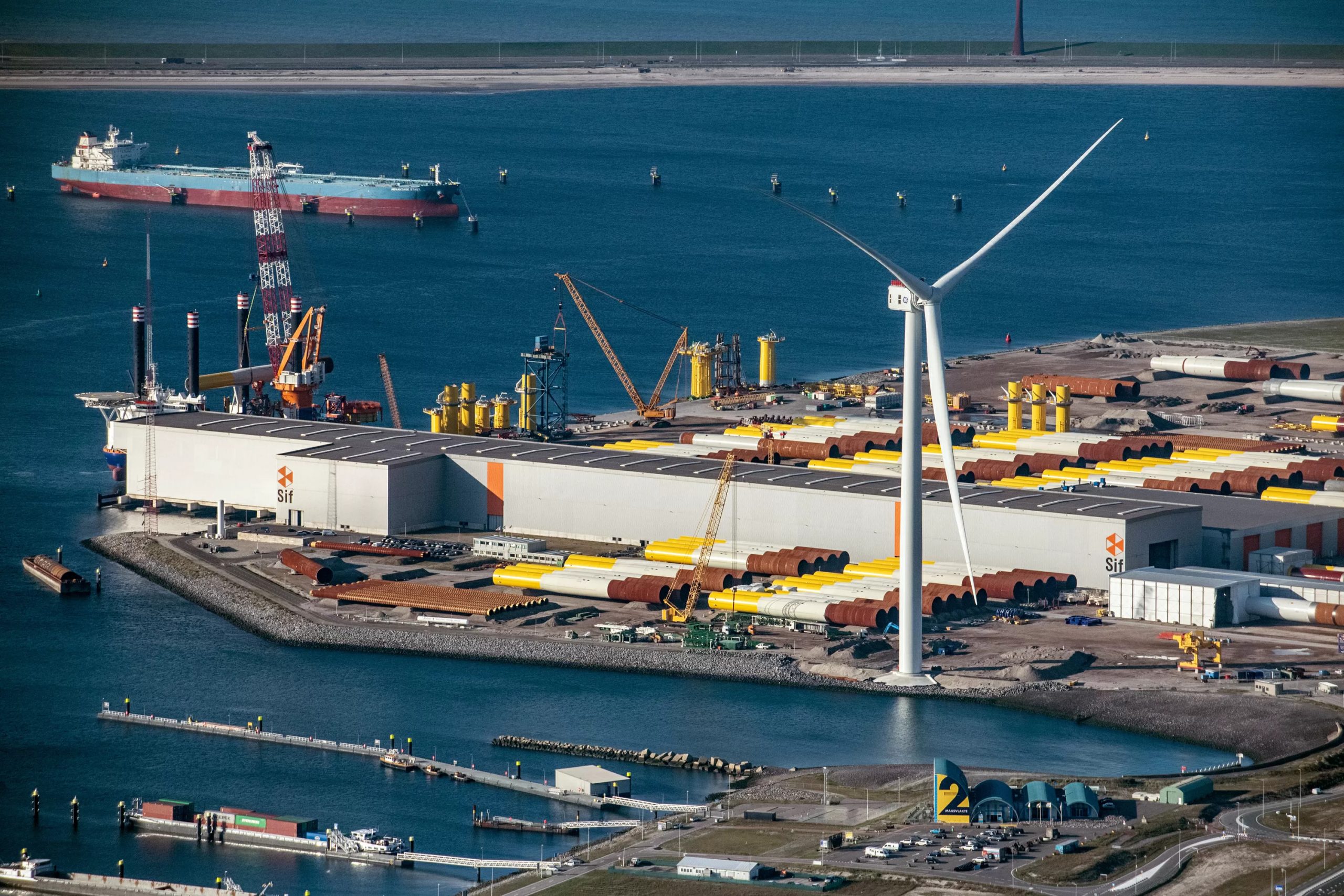
The energy transition that the Netherlands will have to undergo in order to cut CO2 emissions by half from 2030 onward can be compared to the realization of the Dutch Delta Works and the construction of the gas network in the 1950s and 1960s. “We have to make important choices right now for the future of our energy supply if we want to meet the climate targets on time,” said Sjaak van Loo. He is the program manager for supply security at the TNO institute during an information day for journalists. Advisors from the TNO then updated specialist media on the advice they are providing the Dutch government regarding the energy transition.
The aim is to make the energy supply affordable and sustainable. This is a combination that is difficult to achieve at present because the technology is not ready as yet and is to a large extent still in an experimental phase.
In contrast to the Delta Works and the construction of the network for natural gas transport and supply, there are now numerous sorts of problems associated with dependence on renewable energy. Most of the sustainable energy generated is from offshore wind turbine farms. The second-largest source is onshore wind turbines. This is followed by solar panels. Everyone knows: if there is not (enough) wind and the sun does not shine (as is always the case at night), then there is not enough sustainable energy to meet the current demand.
The electricity grid is too weak for sun and hard winds
This means that power plants have to be fired up. That happens of course, and consequently, the energy supply remains dependent on fossil fuels such as gas and coal. Therefore, the main problem seems to be the reliability of the supply of solar and wind energy. The problem is that when the wind blows hard, all the parks are switched on, and when the sun is shining brightly, such an enormous amoount of energy is produced that the electricity grid cannot cope with these quantities. Whent that occurs, wind turbines and solar collectors have to be switched off. The term used for this in the industry is ‘curtailment‘.
“Nevertheless, that situation hardly ever happens in the Netherlands,” says Peter Eecen, R&D manager of offshore wind energy at TNO. “Wind turbines in the Netherlands run 98 percent of the time. They rotate at a wind speed of 4 meters per second and only switch off when the wind speed exceeds 25 meters per second. But you rarely ever get up to that speed here. The turbines are only turned off when they break down. There have been some problems recently at the park off the coast of Egmond aan Zee. Occasionally a damaged power cable has been at fault. Then the entire park has to be shut down.”
As a general rule, the wind farms run relatively well, Eecen adds. “That’s the way it’s supposed to be. Otherwise, the suppliers won’t make enough money and they wouldn’t be able to make their business case.”
However, it is true that certain solar power supply projects are not going ahead because the grid cannot handle all of the energy that is generated. That problem has yet to be solved.
Fossil fuels have not been shelved for now
As it stands now, the Netherlands will not be rid of fossil fuels within the next ten years. This is due to industry, which consumes 45 percent of the electricity generated. “In Botlek near Rotterdam, for example, there is a lot of industry. There are already five refineries out there,” says Faruk Dervis. He is a senior business developer of supply security at TNO. “They use an incredible amount of energy and are constantly running. You can’t just turn off these installations whenever there’s not enough energy available,” Dervis states.
These refineries also manufacture plastic out of oil, which releases a gas that is then burned to generate energy. “What can be done about this then?” In his opinion, it’s not likely that refineries will stop working this way any time soon. Only when the use of plastic drastically decreases is there a chance that the complete electrification of refineries stands a chance. But to date, we’ve actually noticed an increase in the use of plastic,” Dervis notes. “Refinery capacity will undoubtedly drop though. More and more electric cars are being produced, for one thing. How that is all going to work when it comes to plastic is a little unpredictable.”
In the end, industry will also have to get on board. By 2050, Europe will need to manufacture in a CO2-neutral way. By that time, Rotterdam will have transformed from an energy producer and net exporter of energy via the power plants that are currently in use, into a net importer of sustainable energy.
Solutions for drops in energy supply
Several solutions are in the works for counteracting any drops in the generation of sustainable power. You can construct battery parks, store that power, and deliver it quickly as needed. But their capacity is limited, according to Joris Koorneef, senior consultant systems integration & energy storage at TNO. You could store heat in water a few hundred meters below ground level. It is always available, no matter what the weather. However, it is important that the subsurface is suited to this. It must be made up of layers of sand and clay, Koorneef explains. “The clay seals the sand layer which has the added heat like a kind of cap on a thermos flask.”
If that heat is needed, for instance during cold weather, it can be pumped up out from the depths. This will make society less dependent on meteorological conditions. So, this also offers a solution for supplying heat to a heating network for consumers and companies.
Energy reserves
Koorneef provides most of the capacity for energy reserves in empty caverns underground. You can store hydrogen in these caverns. Hydrogen turns into energy once oxygen is added. The only thing you are left with afterwards is water. You could use empty natural gas fields or salt caverns for this purpose. But research still needs to be carried out into the best way to do this.
A salt cavern is an artificial cavity that is created in a location where salt is removed from the soil where it is found. This can be done by injecting water into it which makes the salt dissolve. That saltwater is then pumped up out of the ground, leaving behind an empty cavern. The Netherlands has salt caverns in Zuidwending. Natural gas is currently being stored in them. “One problem with energy generation via hydrogen electrolysis is that it is still very expensive,” says Dervis of the TNO. “But it is expected to get cheaper.”
Washing machine only on when the sun shines
Ultimately, a definitive way to deal with insecurities in the energy supply is for consumers and companies to tailor their demand to the supply. Switching on the washing machine only when there is wind or sun shouldn’t be too difficult. But this is not an option for certain industries, such as the continuous industry which has to run 24 hours a day. That’s where a non-stop energy supply is indispensable.
The complexities of the energy transition are therefore considerable, according to the TNOers. “While decisions have to be made now if we want to meet the Paris targets by 2030. The situation is urgent.”

